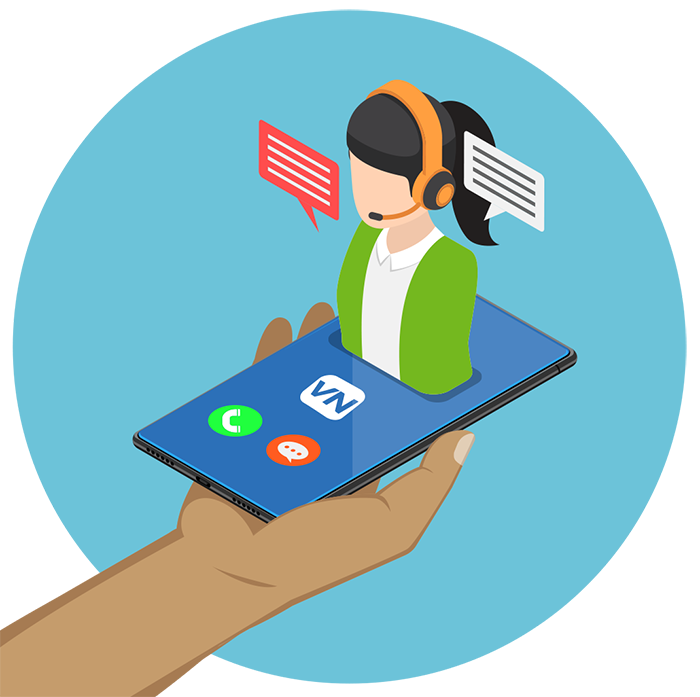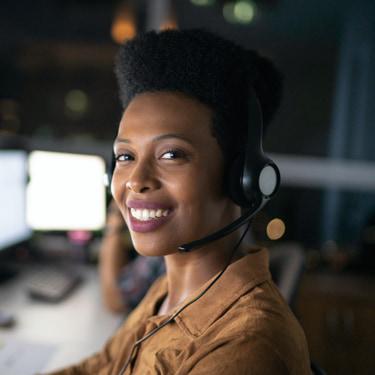All Categories
Featured
Table of Contents
- – Who Is The Best How Much Do Answering Services ...
- – What Is The Best Answering Services 101: Every...
- – How To Choose The Best Automated Business Phon...
- – What Is The Best What Is An Answering Service...
- – Who Is The Best Phone Answering Services
- – What Is The Best Outsource Answering Service...
Who Is The Best How Much Do Answering Services Cost? Local Business Tips ...
This gadget and its successors were created by Sava Jacobson, an electrical engineer with a private consulting service. While early answering machines used magnetic tape innovation, most modern equipment uses strong state memory storage; some devices use a mix of both, with a solid-state circuit for the outgoing message and a cassette for the incoming messages.
"toll saving" listed below) (business answering service). This is useful if the owner is evaluating calls and does not want to consult with all callers. In any case after going, the calling celebration needs to be informed about the call having actually been answered (for the most part this begins the charging), either by some remark of the operator, or by some welcoming message of the TAD, or addressed to non-human callers (e.
This holds specifically for the Little bits with digitally stored welcoming messages or for earlier devices (prior to the increase of microcassettes) with an unique limitless loop tape, different from a second cassette, devoted to recording. There have been answer-only gadgets without any recording abilities, where the welcoming message needed to inform callers of a state of present unattainability, or e (phone answering).
What Is The Best Answering Services 101: Everything You Need To Know ... To Get

about availability hours. In tape-recording Littles the welcoming typically contains an invitation to leave a message "after the beep". An answering machine that utilizes a microcassette to record messages On a dual-cassette answerphone, there is an outbound cassette, which after the defined number of rings plays a pre-recorded message to the caller.

Single-cassette voice mail consist of the outbound message at the start of the tape and inbound messages on the staying space. They initially play the announcement, then fast-forward to the next available space for recording, then record the caller's message. If there are many previous messages, fast-forwarding through them can trigger a significant delay.
This beep is often described in the greeting message, requesting that the caller leave a message "after the beep". Little bits with digital storage for the recorded messages do not reveal this hold-up, naturally. A TAD may use a push-button control center, whereby the answerphone owner can ring the home number and, by getting in a code on the remote telephone's keypad, can listen to recorded messages, or erase them, even when away from house.
How To Choose The Best Automated Business Phone Answering System

Thus the maker increases the number of rings after which it answers the call (normally by 2, resulting in four rings), if no unread messages are currently stored, but responses after the set number of rings (typically 2) if there are unread messages. This permits the owner to learn whether there are messages waiting; if there are none, the owner can hang up the phone on the, e.
Some makers also allow themselves to be remotely activated, if they have actually been turned off, by calling and letting the phone ring a certain a great deal of times (typically 10-15). Some service companies desert calls already after a smaller sized variety of rings, making remote activation impossible. In the early days of Little bits a special transmitter for DTMF tones (dual-tone multi-frequency signalling) was regionally needed for push-button control, because the formerly utilized pulse dialling is not apt to communicate suitable signalling along an active connection, and the dual-tone multi-frequency signalling was carried out stepwise.
Any inbound call is not identifiable with respect to these properties in advance of going "off hook" by the terminal devices. So after going off hook the calls must be switched to suitable gadgets and just the voice-type is immediately accessible to a human, however maybe, nevertheless need to be routed to a TAD (e.
What Is The Best What Is An Answering Service? Brand
What if I told you that you do not need to really select up your gadget when addressing a client call? Somebody else will. So convenient, right? Answering phone calls doesn't need someone to be on the other end of the line. Efficient automated phone systems can do the trick simply as efficiently as a live agent and sometimes even better.
An automatic answering service or interactive voice response system is a phone system that interacts with callers without a live person on the line - local phone answering service. When business utilize this technology, consumers can get the answer to a question about your service simply by utilizing interactions established on a pre-programmed call flow.
Although live operators update the consumer service experience, numerous calls do not require human interaction. A simple taped message or guidelines on how a client can recover a piece of info normally fixes a caller's instant requirement - virtual answering service. Automated answering services are an easy and efficient way to direct inbound calls to the ideal individual.
Who Is The Best Phone Answering Services
Notice that when you call a company, either for support or item questions, the first thing you will hear is a pre-recorded voice welcoming and a series of options like press 1 for customer support, press 2 for queries, and so on. The pre-recorded options branch out to other choices depending upon the consumer's selection.
The phone tree system helps direct callers to the ideal person or department utilizing the keypad on a mobile phone. In some instances, callers can use their voices. It's worth noting that auto-attendant options aren't limited to the ten numbers on a phone's keypad. As soon as the caller has actually chosen their very first option, you can create a multi-level auto-attendant that utilizes sub-menus to direct the caller to the best kind of assistance.
The caller does not have to interact with an individual if the auto-attendant phone system can handle their issue. The automated service can route callers to an employee if they reach a "dead end" and require assistance from a live agent. It is pricey to work with an operator or executive assistant.
What Is The Best Outsource Answering Services In The Usa - Start From $11/hr
Automated answering services, on the other hand, are significantly less expensive and offer considerable cost savings at approximately $200-$420/month. Even if you don't have committed personnel to deal with call routing and management, an automatic answering service improves productivity by allowing your team to concentrate on their strengths so they can more efficiently invest their time on the phone.
A sales lead routed to consumer service is a lost shot. If a client who has item questions reaches the wrong department or gets incomplete answers from well-meaning employees who are less trained to manage a specific type of concern, it can be a reason for disappointment and discontentment. An automatic answering system can reduce the number of misrouted calls, thus helping your staff members make much better use of their phone time while maximizing time in their calendar for other jobs.
With Automated Answering Systems, you can produce an individualized experience for both your staff and your callers. Make a recording of your primary welcoming, and merely upgrade it regularly to reflect what is going on in your organization. You can develop as many departments or menu choices as you want.
Table of Contents
- – Who Is The Best How Much Do Answering Services ...
- – What Is The Best Answering Services 101: Every...
- – How To Choose The Best Automated Business Phon...
- – What Is The Best What Is An Answering Service...
- – Who Is The Best Phone Answering Services
- – What Is The Best Outsource Answering Service...
Latest Posts
Quality Custom Phone Answering Near Me – SA
Proven After Hours Answering Service Near Me ( North Queensland)
Detailed Receptionist Service Near Me – Wollongong
More
Latest Posts
Quality Custom Phone Answering Near Me – SA
Proven After Hours Answering Service Near Me ( North Queensland)
Detailed Receptionist Service Near Me – Wollongong